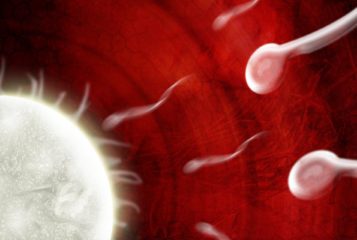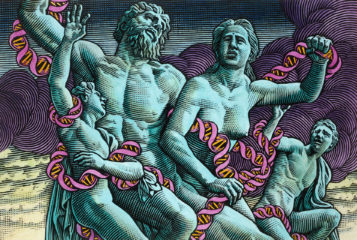In the wake of the Hwang scandal, it became clear that the future success of developing patient-specific stem cell lines by SCNT (cloning technology) will depend primarily on a sufficient supply of human oocytes (eggs). However, oocyte donation after ovulation induction presents certain risks for the donor, and therefore concerns for women's welfare are rightly vocalised. Some interest groups try to reinforce the idea that science and women's welfare are conflicting to the extent that they seem incompatible, thus creating the impression that regulators' choices are limited to either supporting the exploitation of women or hampering scientific progress. It is important that a third way out of this dilemma is explored that reconciles a vital subfield of embryonic stem cell research and women's wellbeing by formulating conditions under which research donation can withstand ethical scrutiny.
As is the case for scientific research involving human research subjects, any risks that are taken need to be minimal and need to be outweighed by the benefits of the research. Oocyte donors are subjected to risks and discomfort ranging from ovarian hyperstimulation syndrome (OHSS) to infections, bleeding and possible currently unknown long term effects. However, a number of measures can be taken to minimise these risks.
Although the severe form of OHSS is less common in donors than in IVF patients (because pregnancy normally does not ensue and thus there is no second wave of hCG, the pregnancy hormone), it has been observed in donors and should be avoided. When predisposing factors such as young age, low body weight and the presence of polycystic ovaries are present in a candidate research donor, their donation should be discouraged or refused. Furthermore, ovulation induction regimens can be adjusted to safer levels and donors should be closely monitored so that regimens can be cancelled when a donor has a strong response.
Follow-up care ought to be provided and uncertainties about the long term effects of the drugs and procedures used during ovulation induction need to be resolved. Another possibility to reduce the number of women undergoing these ovulation induction regimens is to ask women who are undergoing an IVF-procedure for their own reproduction to donate some of their oocytes should they produce a great amount. Not everybody agrees on the appropriateness of such requests however, since IVF patients are a vulnerable group and conflicts of interest may arise. A perfection of in-vitro egg maturation techniques may partly resolve this dilemma, by making immature oocytes available that are currently not being used for infertility treatments.
A final way to reduce the number of donors needed (and thus the risks) is to further explore the use of alternative sources of oocytes. Depending on the kind of research, oocytes retrieved from surgically removed ovaries, cadavers, animals, aborted fetuses or even embryonic stem cells could be used. The improvement of in-vitro maturation techniques is tantamount to expand these possibilities.
Besides reducing the risks, the risk-benefit ratio can be optimised by maximising the benefits that can result from oocyte donation. The benefits of personalised stem cell treatments are for the time being only a possibility in the distant future and it remains uncertain if they will ever be widely available. Therefore experiments should be carefully selected based on their promise and projects with a more concrete benefit in the immediate future, such as the development of in vitro disease models, may deserve preference. Coordination rather than competitiveness between researchers is to be encouraged to prevent unnecessary duplication of research. This can be reached by sharing knowledge and exchanging stem cell lines.
Whether oocyte donation is acceptable for a certain research project will have to be decided on a case-by-case basis. However, if research projects are carefully selected and the necessary safety measures are applied to prevent health complications in donors, there is a real possibility that science and women's welfare can be reconciled.





Leave a Reply
You must be logged in to post a comment.